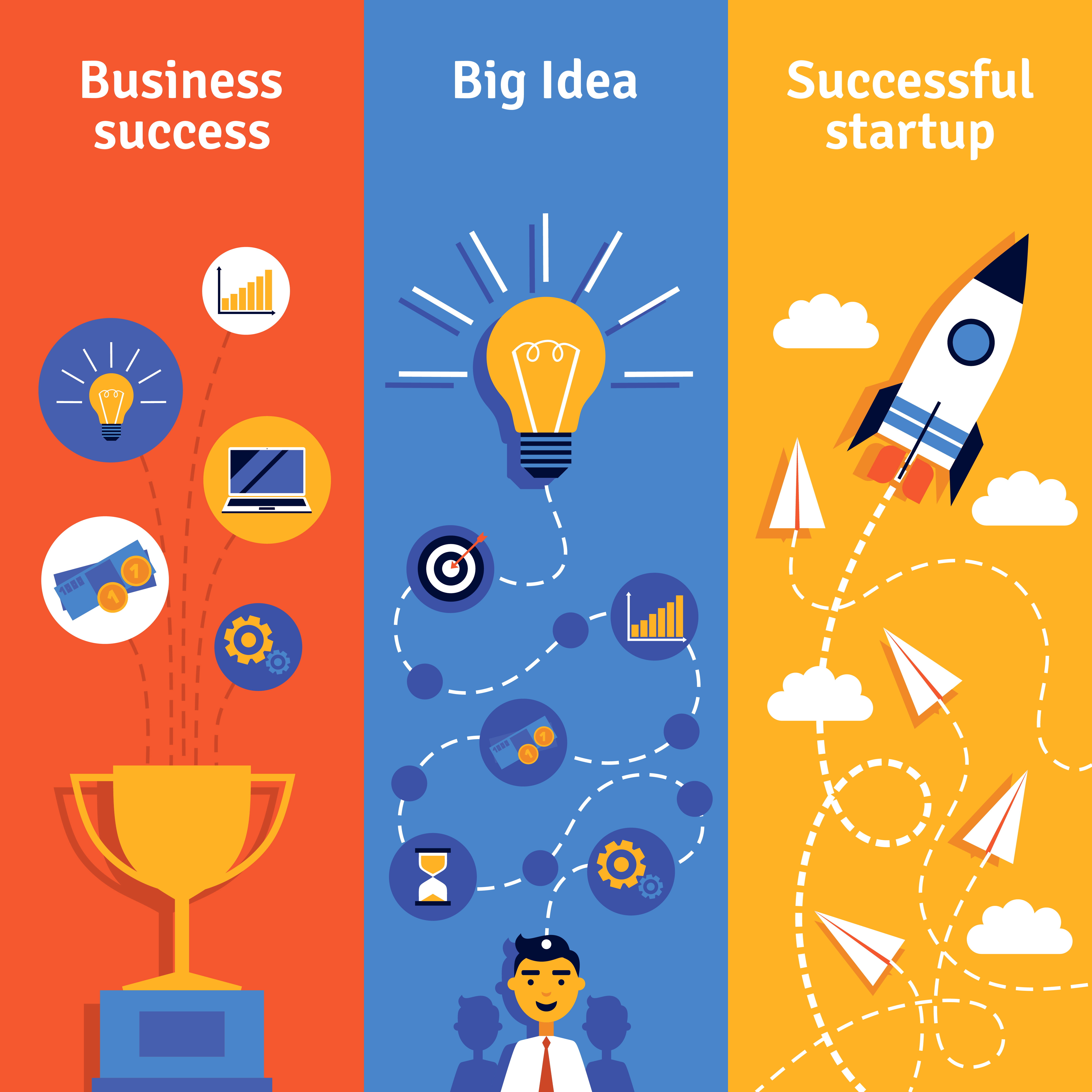
Designed by Freepik
While everyone focuses on Introverts (I) and Extroverts (E), the "O-Type" (High in Openness) is the secret engine of innovation and transformation in a company.
They are not defined by where they get their energy (like I/E), but by how they think.
Who is the "O-Type"?
They are the curious explorers. They are drawn to novelty, ideas, possibilities, and the big picture. They get bored by routine and are motivated by "what could be."
Their Unique Value & Strengths in a Company:
1. The Innovation Engine: The "O-Type" are natural innovators and idea generators. They can see connections others miss and are constantly asking, "What if we tried this?" They are essential for R&D, product development, and strategic planning.
2. The Strategic Visionary: They excel at long-term, blue-sky thinking. While others are focused on quarterly targets, the O-type is painting a picture of where the company could be in 5-10 years, inspiring others with a compelling vision.
3. The Master of Adaptation: In times of change or crisis, "O-Type" thrive. They are not wedded to the "way we've always done it." They can quickly pivot, explore new solutions, and guide the team through uncertainty.
4. The Creative Problem-Solver: When faced with a complex, non-linear problem, they are the go-to people. They will approach it from an unconventional angle and devise a creative solution that a more conventional thinker would never conceive.
Their Potential Challenges & "Blind Spots":
1. The "Ideas vs. Execution" Gap: They love the thrill of a new idea but can lose interest when it comes to the nitty-gritty, repetitive work of implementation. They may start many projects but finish few.
2. Impatience with Routine and Structure: They can chafe under strict hierarchies and bureaucratic processes, viewing them as unnecessary constraints on creativity. This can be perceived as being disruptive or not a "team player."
3. Overlooking Practical Details: Their focus is on the grand vision and the abstract concept. They might overlook critical practical details, costs, or logistical hurdles, assuming "someone else" will handle them.
4. Communication Gap: They can get excited about complex, abstract ideas that are difficult to communicate to more practical-minded colleagues (e.g., those high in Conscientiousness). This can lead to frustration and misunderstandings.
The Ideal "O-Type" Position in a Company:
They are not meant for roles that require strict adherence to routine (e.g., routine data entry, strict accounting compliance). They belong in roles that value creativity and strategic thinking:
- R&D, Innovation Labs
- Strategic Planning & Business Development
- Product Management & Design Thinking
- Marketing & Creative Campaigns
- Change Management & Transformation Offices
- Founders & Entrepreneurs
Conclusion:
The O-type is the company's compass pointing toward the future. Their greatest value is unlocked when they are paired with a team that can ground their ideas in reality.
A perfect team has O-types to generate the visionary idea, C-types (Conscientious) to build the plan, and E-types to champion it. Recognizing and leveraging the O-type is crucial for any company that wants to stay ahead of the curve.